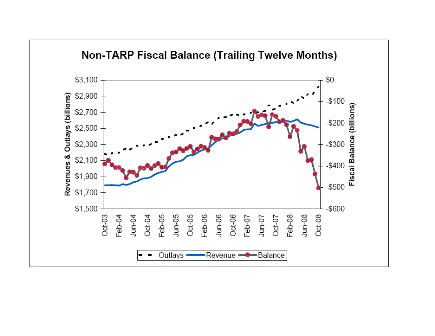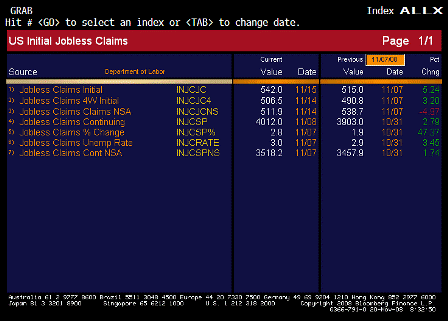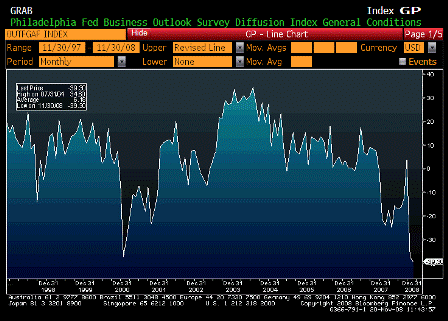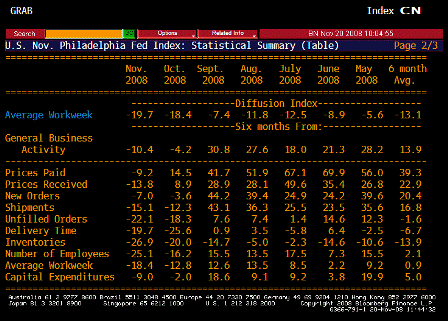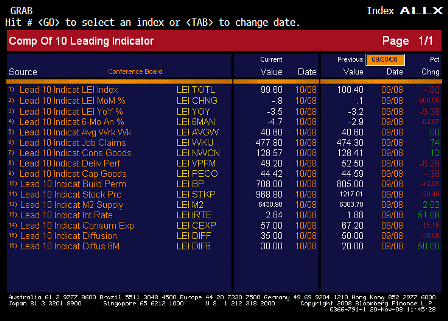More likely to be higher than expected as the economy deteriorates and credit markets remain problematic.
German Budget Squeezed as Crisis Hurts Revenue, Forces Outlays
By Brian Parkin
German Chancellor Angela Merkel’s government faces revenue shortfalls this year and will have to expand net borrowing in 2009 as the worst economic recession in at least 12 years takes its toll on the budget. Lawmakers meeting in Berlin overnight authorized next year’s net federal borrowing to rise to 18.5 bln euros ($23 bln) from the 10.5 bln euros forecast mid-year, the first increase since Merkel came to office exactly three years ago. The Finance Ministry also said today that the government may raise less money than planned from asset sales this year. “This is very clearly to do with the global financial situation,” Carsten Schneider, budget spokesman for the Social Democrats, coalition partners to Merkel’s Christian Democratic Union, said at a press conference in Berlin. “We are in very difficult economic times.” The government has tried to stem debt growth as the budget expands to pay for emergency programs ranging from tax relief on new low-emission cars to bigger subsidies for energy efficient buildings. Some economists have said that net borrowing may increase further as the recession deepens. “All signs point to a hard economic year for Germany, and this plays out on the budget,” Stefan Bielmeier, an economist with Deutsche Bank AG in Frankfurt, said in a Nov. 19 interview. Even so, Germany “may be getting off relatively lightly if it can keep the deficit that low.”
[top]

